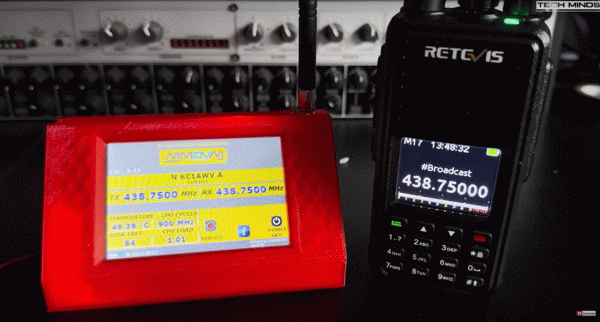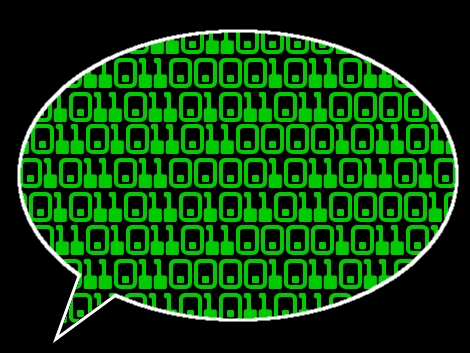While ham radio operators have been embracing digital mobile radio (DMR), the equipment is most often bought since — at least in early incarnations — it needs a proprietary CODEC to convert speech to digital and vice versa. But [QRadioLink] decided to tackle a homebrew and open source DMR modem.
The setup uses a LimeSDR, GNU Radio, and Codec2. There are some other open DMR projects, such as OpenRTX. So we are hopeful there are going to be more choices. The DMR modem, however, is only a proof-of-concept and reuses the MMDVMHost code to do the data link layer.
[QRadioLink] found several receiver implementations available, but only one other DMR transmitter — actually, a transceiver. Rather than use an AMBE hardware device or the potentially encumbered mbelib codec, the project uses Codec2 which is entirely open source.
There’s a lot of explanation about the data collection to prepare for the project, and then a deep dive into the nuts and bolts of the implementation. You might enjoy the video below to see things in action.
If you just want to listen to DMR, it’s easy. If Codec2 sounds familiar, it is part of M17.














